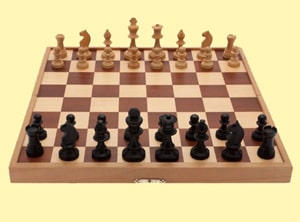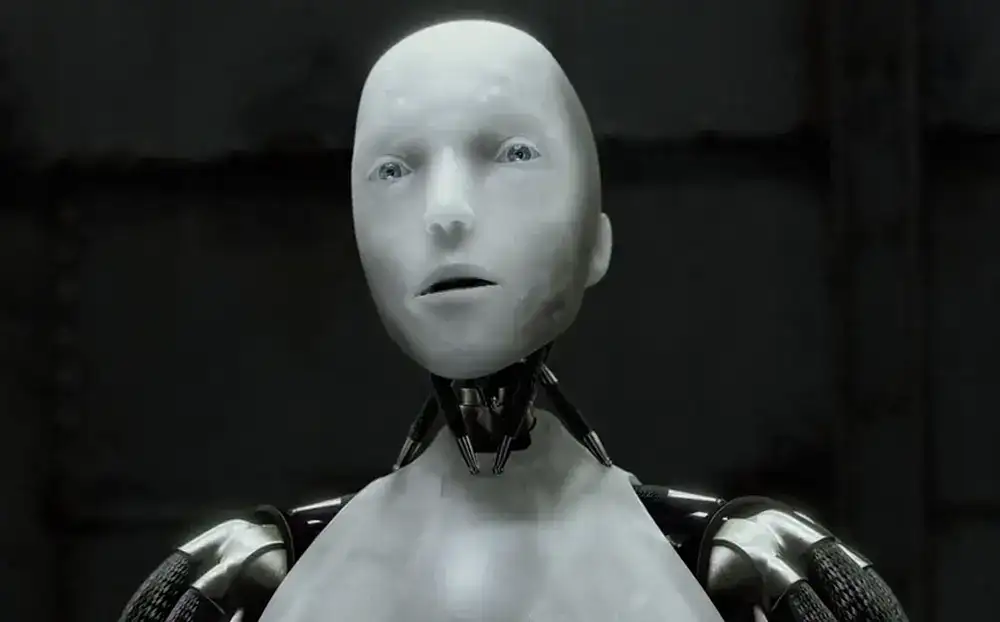English documentary on the history of chess with video and transcript to practice reading and listening comprehension and expand your vocabulary in context
Source of documentary: TED-Ed YouTube Channel
Listening comprehension
Reading comprehension
What is chess?
The attacking infantry advances steadily. Their elephants already having broken the defensive line. The king tries to retreat, but enemy cavalry flanks him from the rear. Escape is impossible.
But this isn’t a real war, nor is it just a game. Over the roughly one-and-a-half millennia of its existence, chess has been known as a tool of military strategy, a metaphor of human affairs, and a benchmark of genius.
The origin of chess
While our earliest records of chess are in the 7th century, legend tells that the game’s origins lie a century earlier. Supposedly, when the youngest prince of the Gupta Empire was killed in battle, his brother devised a way of representing the scene to their grieving mother. Set on the 8×8 Ashtapada board used for other popular pastimes, a new game emerged with two key features: different rules for moving, different types of pieces, and the single king piece whose fate determined the outcome.
The game was originally known as Chaturanga, a Sanskrit word for “four divisions”, but with its spread to Sassanid Persia, it acquired its current name and terminology: “chess” derived from “shah” meaning king, and “checkmate” from “shah mat” or “the king is helpless“.
After the 7th century Islamic conquest of Persia, chess was introduced to the Arab world. Transcending its role as a tactical simulation, it eventually became a rich source of poetic imagery. Diplomats and courtiers used chess terms to describe political power. Ruling caliphs became avid players themselves, and historian, Al-Mas’udi, considered the game a testament to human free will compared to games of chance.
Some further modifications
Medieval trade along the Silk Road carried the game to East and Southeast Asia where many local variants developed. In China, chess pieces were placed at intersections of board squares rather than inside them, as the native strategy game, Go.
Chess in modern times
The reign of Mongol leader, Tamerlane, saw an 11×10 board with safe squares called citadels, and in Japanese Shogi, captured pieces could be used by the opposing player. But it was in Europe that chess began to take on its modern form.
By 1000 AD, the game had become part of courtly education. Chess was used as an allegory for different social classes performing their proper roles, and the pieces were re-interpreted in their new context.
At the same time, the Church remained suspicious of games. Moralists cautioned against devoting too much time to them with chess even being briefly banned in France. Yet, the game proliferated, and the 15th century saw it cohering into the form we know today.
Chess theory
The relatively weak piece of advisor was recast as the most powerful queen, perhaps inspired by the recent surge of strong female leaders. This change accelerated the game’s pace, and as other rules were popularized, treatises analyzing common openings and endgames appeared. Chess theory was born.
With the Enlightenment Era, the game moved from royal courts to coffeehouses. Chess was now seen as an expression of creativity, encouraging bold moves, and dramatic plays. This romantic style reached its peak in the Immortal Game of 1851, where Adolf Andersen managed a checkmate after sacrificing his queen and both rooks.
Chess championship
But the emergence of formal competitive play in the late 19th century meant that strategic calculation would eventually trump dramatic flair, and with the rise of international competition, chess took on a new geopolitical importance. During the Cold War, the Soviet Union devoted great resources to cultivating chess talent, dominating the championships for the rest of the century.
But the player who would truly upset Russian dominance was not a citizen of another country, but an IBM computer called Deep Blue. Chess-playing computers had been developed for decades, but Deep Blue’s triumph over Garry Kasparov in 1997 was the first time a machine had defeated a sitting champion.
Today, chess software is capable of consistently defeating the best human players, but just like the game they’ve mastered, these machines are products of human ingenuity, and perhaps that same ingenuity will guide us out of this apparent checkmate.




I really enjoyed this documentary because I like chess and remember that I played chess like 3 or 4 years ago and I was kinda good at this game. Chess it’s not a war and a game, I can say that this game is really unique.
That’s right, Soroosh. Chess is a strategic game that can potentially make us more intelligent and thoughtful if played regularly and seriously.
Chess has always seemed an interesting game to me. In our family, I am the only one who finds it interesting and has passion for it. So I am alone it this chase and I have to play online or practice with AL.
Thank you for your comment. However, I can see that Soroosh has shown much interest in chess in his comment.
Feedback
I am alone it this chase = Did you mean “I am alone in this case”?
I never liked playing chess but after listening to this documentary I am more interested! Now it seems more interesting and entertaining.
I’m glad that this documentary has made you more interested in chess, which is a perfect strategic game with a special name with a Persian root, that is, Shah which means king.